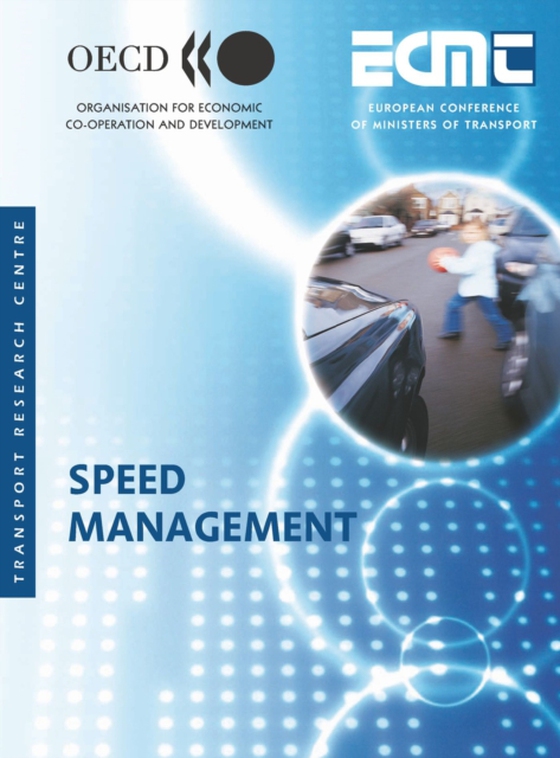
Speed Management e-bog
436,85 DKK
(inkl. moms 546,06 DKK)
Speeding is the number one road safety problem in a large number of OECD/ECMT countries. It is responsible for around one third of the current, unacceptably high levels of road fatalities. Speeding has an impact not only on accidents but also on the environment, energy consumption and quality of life, particularly for residents in urban areas. Reducing average speed...
E-bog
436,85 DKK
Forlag
OECD
Udgivet
13 oktober 2006
Længde
282 sider
Genrer
Transport industries
Sprog
English
Format
pdf
Beskyttelse
LCP
ISBN
9789282103784
Speeding is the number one road safety problem in a large number of OECD/ECMT countries. It is responsible for around one third of the current, unacceptably high levels of road fatalities. Speeding has an impact not only on accidents but also on the environment, energy consumption and quality of life, particularly for residents in urban areas. Reducing average speeds on the roads by only 5% will save around 20% of current fatalities. There is good experience available on how to quickly reduce the extent of speeding and thereby reduce current fatalities and injuries. Reduced speeding will also reduce the adverse environmental and social impacts associated with excessive speed, particularly in urban areas. Comprehensive measures are required which are best developed as part of a coordinated speed management policy package. What contributions can be made by infrastructure improvements, speed limits, signing and education, as well as by enforcement? Which are the most cost-effective elements of a speed management policy? What are the prospects for the use of new technologies which encourage drivers to choose appropriate speeds and assist in achieving greater compliance with speed limits? This Report, prepared by a Working Group of the Joint OECD/ECMT Transport Research Centre, addresses the key issues, highlights the improvements in policy and operations needed to reduce the extent of speeding. It outlines a framework for achieving the best possible safety outcomes while protecting the environment and supporting sustainable mobility. The report is compelling reading for all those interested in addressing the major speed-related problems that are widespread in OECD/ECMT member countries and will become increasingly important in developing countries as levels of motorisation increase.
 Dansk
Dansk

